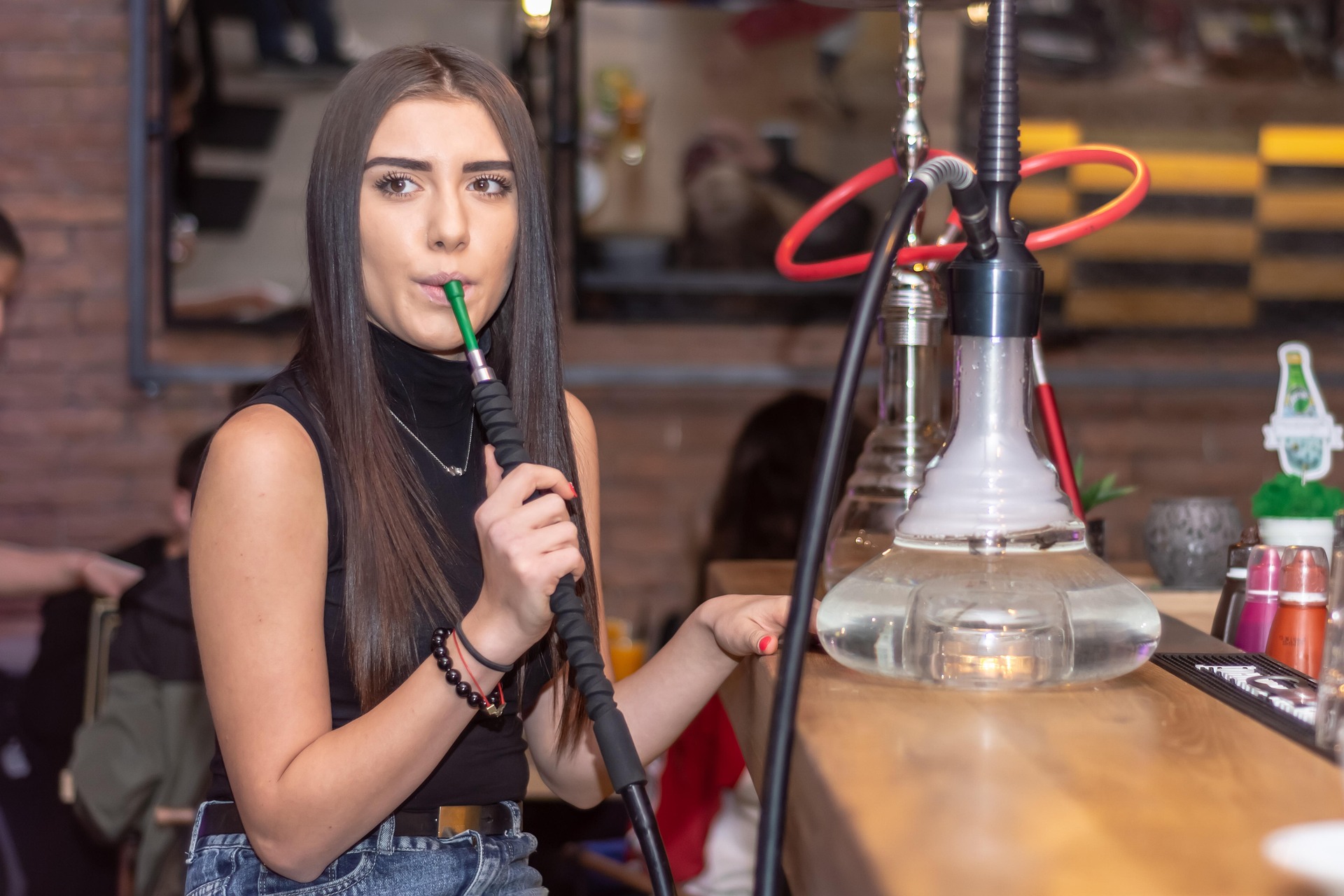Forget the clouds of sweet-smelling vapour that disappear quickly. Beneath the surface lies a growing public health crisis silently gripping a generation: the epidemic of youth vaping. What was once touted as a potential harm-reduction tool for adult smokers has morphed into a pervasive threat to adolescent health and development.
The Sobering Reality: More Than Just “Harmless Fun”
The statistics are stark and undeniable. According to the U.S. Centers for Disease Control and Prevention (CDC), millions of middle and high school students report current e-cigarette use. While recent data shows some fluctuations, the baseline remains alarmingly high. A significant portion of these users report frequent, even daily, use – a clear sign of developing dependence. This isn’t just experimentation; it’s a pattern of regular nicotine consumption with profound implications.
Why Are Teens So Vulnerable?
Several factors converge to make e-cigarettes particularly appealing and accessible to young people:
The Allure of Flavors: Candy, fruit, dessert, menthol – the vast array of enticing flavors is undeniably a major driver. These flavors mask the harshness of nicotine, making initiation easier and more palatable, fundamentally different from the experience of traditional cigarettes.
Stealth and Tech Appeal: Sleek, USB-like devices (like Juuls or modern disposables) are easy to conceal and carry. Their high-tech aesthetic resonates with a generation immersed in technology. The lack of lingering smoke smell makes detection harder for parents and educators.
Misperception of Safety: Many teens genuinely believe vaping is “harmless” or significantly safer than smoking cigarettes. Aggressive early marketing (often since curtailed, but the legacy remains) and the absence of tar and combustion contributed heavily to this dangerous myth.
Peer Influence and Social Media: Vaping is often portrayed as trendy and social online and in peer groups. The visibility of vaping on platforms popular with teens normalizes the behavior.
Beyond the Buzz: The Tangible Risks for Developing Brains
The core danger lies in nicotine, a highly addictive substance present in most e-cigarettes, even those claiming “nicotine-free” might contain it. Adolescence is a critical period for brain development, particularly the prefrontal cortex – responsible for decision-making, impulse control, and emotional regulation.
Addiction: Nicotine rewires the adolescent brain, making addiction swift and powerful. This establishes a pattern of dependence that can be incredibly difficult to break and often precedes or co-occurs with other substance use.
Cognitive Impairment: Studies suggest nicotine exposure during adolescence can harm attention, learning, memory, and cognitive flexibility. It can literally change the way the brain forms connections.
Mood Disorders: Nicotine is linked to increased risk of anxiety, depression, and heightened sensitivity to stress in young people.
Gateway Potential: While the debate continues, evidence suggests youth who vape are significantly more likely to transition to smoking combustible cigarettes later on.
Unknown Long-Term Effects: E-cigarettes are relatively new. The long-term consequences of inhaling the aerosolized chemicals (including ultrafine particles, volatile organic compounds, and heavy metals like nickel, tin, and lead found in some aerosols) over decades are simply unknown.
The Flavor Trap: A Key to the Epidemic
Flavors aren’t incidental; they are central to the youth appeal. The tobacco industry knows this well – it’s a playbook tactic. While recent FDA actions have restricted some flavored cartridge-based products, the market rapidly adapts. Disposable e-cigarettes, often imported and harder to regulate, flood the market with an ever-expanding menu of kid-friendly flavors, readily available online and in convenience stores. Banning all flavored e-cigarettes, excluding tobacco flavor, remains a crucial public health goal to deter youth initiation.
What Can We Do? Moving Beyond Alarm to Action
Combating this epidemic requires a multi-pronged approach:
Stronger Regulation & Enforcement: Aggressively enforce bans on the sale of all e-cigarette products to minors. Implement comprehensive flavor bans covering all e-cigarette types (disposables, refillables, etc.). Close online sales loopholes. Ensure manufacturers prove their products benefit public health (as required by law) before staying on the market, focusing on adult smokers switching completely, not youth uptake.
Comprehensive Education: School-based programs need to move beyond scare tactics to provide science-based information about nicotine’s effects on the developing brain, the realities of addiction, and the deceptive marketing tactics used. This education must start early, before experimentation typically begins.
Parental Vigilance & Open Communication: Parents need to be informed. Talk to your kids early and often about vaping. Know the signs (unfamiliar USB drives or pens, sweet smells, increased thirst, nosebleeds). Be aware of slang terms (“Juuling,” “puff bars,” “vaping”). Create an environment where open, non-judgmental conversation is possible.
Counter-Marketing: Support and fund public health campaigns designed by and for youth, leveraging the same social media channels where vaping is often glamorized, to expose the risks and industry tactics.
Access to Cessation Support: Recognize that many teens are already addicted and need help. Ensure accessible, youth-friendly cessation resources are available.
The Bottom Line
Youth vaping is not a passing fad. It’s an urgent public health crisis delivering highly addictive nicotine to developing brains under the guise of harmless flavors and cool technology. The long-term consequences for individual health, cognitive potential, and future addiction risks are profound and largely unknown. Dismantling this “invisible epidemic” demands sustained, collective action – from policymakers and regulators to educators, parents, and healthcare providers. We owe it to the next generation to clear the air. The time for decisive action is now.
Let’s start the conversation. Share your thoughts and experiences (respectfully) in the comments below. Have you witnessed the impact of youth vaping? What strategies do you think are most crucial?


